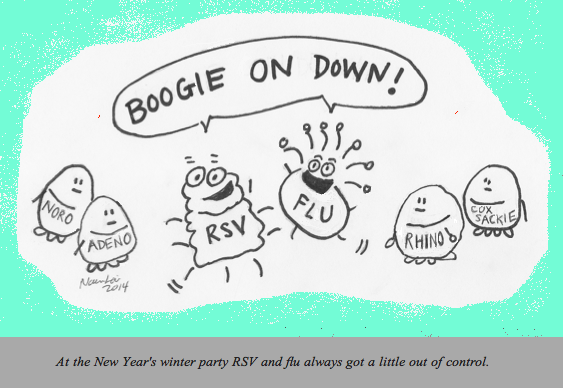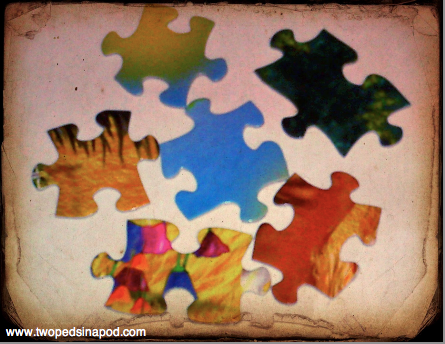Don’t hold your breath! Understand your child’s asthma medications
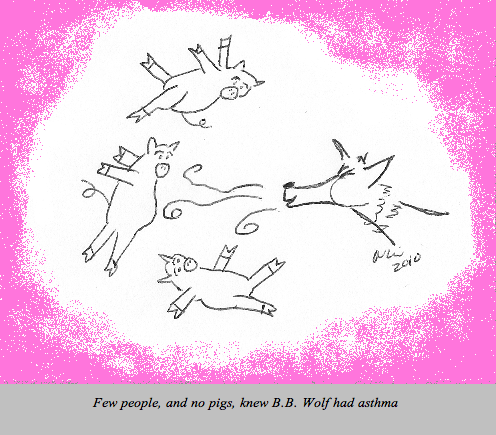 Now that spring is finally here, many kids are experiencing the start of spring allergy season, and those allergies are triggering their asthma symptoms.
Now that spring is finally here, many kids are experiencing the start of spring allergy season, and those allergies are triggering their asthma symptoms.
Perfecting a treatment regimen for a child with asthma can be initially tricky and confusing for parents. But don’t panic. There are simple medication schedules and environmental changes which not only thwart asthma flare ups, but also keep lungs calm between episodes. The goal is to abolish all symptoms of asthma such as cough, wheeze, and chest tightness.
For asthma flares
Albuterol (brand names Proair, Proventil, Ventolin) or levalbuterol (brand name Xopenex): These are the “quick fix” medications. When inhaled, this medicine works directly on the lungs by opening up the millions of tiny airways constricted during an attack. Albuterol is given via nebulizer or inhaler. A nebulizer machine areosolizes albuterol and pipes a mist of medicine into a child’s lungs through a mask or mouth piece.
For kids who use inhalers, we provide a spacer. A spacer is a clear plastic tube about the size of a toilet paper tube which suspends the medication and gives the child time to breathe in the medication slowly. Without a spacer, the administration technique can be tricky and even adults use inhalers incorrectly.
Prednisone/prednisolone (brand names include Prelone, Orapred): Given orally in the form of pills or liquid, this prescription steroid medicine acts to decrease inflammation inside the lungs. This kind of steroid is not the same kind used illegally in athletics. While steroids in the short term can cause side effects such as belly pain and behavior changes, the advantages of improving breathing greatly outweigh these temporary and reversible side effects. However, if your child has received a couple rounds of steroids in the past year, talk to your pediatrician about preventative measures to avoid asthma flares and to avoid the long term side effects of continual steroid use.
Quick environmental changes: One winter a few years ago, a new live Christmas tree triggered an asthma attack in my patient. The only way he felt comfortable breathing in his own home was for the family to get rid of the dusty tree. Smoke and perfume can also spasm lungs. If you know Aunt Mildred smells like a flower factory, run away from her suffocating hug. Kids should avoid smoking and avoid being around others who smoke. And have your kids wash hands and face well or shower off after playing outside to keep the outside allergy triggers, such as pollen, off of your child’s face. The goal is to alleviate allergy symptoms, which can in turn avoid triggering asthma symptoms.
For asthma prevention
Taking preventative, or controller medicines for asthma is like taking a vitamin. They are not “quick fixes” but they can calm lungs and prevent asthma symptoms when used over time.
Inhaled steroids (For example, Flovent, Pulmicort, Qvar) work directly on lungs and do not cause the side effects of oral steroids because they are not absorbed into the rest of the body. These medicines work over time to stop mucus buildup inside the lungs so that the lungs are not as sensitive to triggers such as cold viruses and allergens.
Combination inhalers (such as Advair, Symbicort) contain both a steroid and a longer acting version of the above-mentioned quick fix medications, and are sometimes prescribed to prevent asthma flares.
Monteleukoclast (brand name Singulair), also used to treat nasal allergies, limits the number and severity of asthma attacks by decreasing inflammation. It comes as a tiny pill kids chew or swallow once daily.
Avoid allergy triggers and respiratory irritants such as smoke. Even if you smoke a cigarette outside, smoke clings to clothing and your child can be affected. Treating allergy symptoms with appropriate medication will help avoid asthma attacks as well.
Treat acid reflux appropriately. Sometimes asthma is triggered by reflux, or heartburn. If stomach acid refluxes back up into the food pipe (esophagus), that acid could tickle your child’s airways which lie next to the esophagus.
Avoid respiratory viruses and the flu. Teach your child good hand washing techniques and get yearly flu shots. Parents should schedule their children’s flu vaccines as soon as the vaccines are available.
Some parents are familiar with asthma because they grew up with the condition themselves, but these parents should know that health care providers treat asthma in kids differently than in adults. For example, asthma is one of the few examples where medicine such as albuterol can be dosed higher in young children than in adults. Also, some treatment guidelines have been improved upon recently and may differ from how parents managed their own asthma as children. For example, a doctor friend now in his 50’s said his parent used to give him a substance to induce vomiting during his asthma attacks. After vomiting, the adrenaline rush would open up his airways! Please don’t do that. We can do better.
Hopefully now that allergy season has descended upon us, this information helps you to keep your child’s asthma under good control and helps you to know which medicine to reach for when it flares up.
Julie Kardos, MD and Naline Lai, MD
© 2017 Two Peds in a Pod®, post updated from 2014
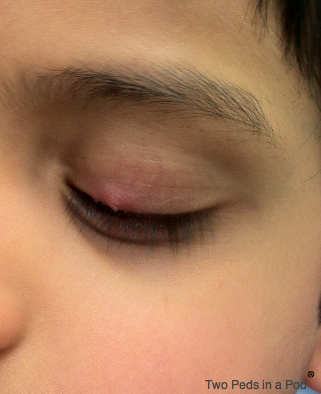
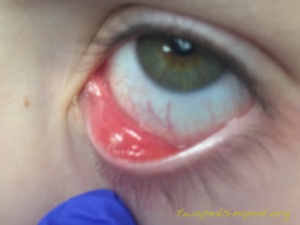
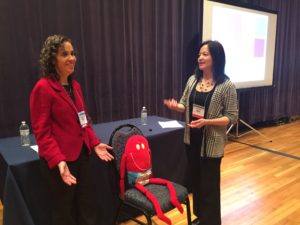
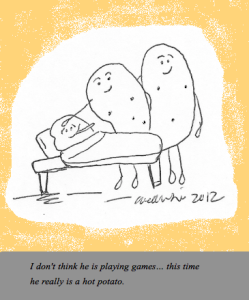 Fever – by itself, is not an automatic exclusion
Fever – by itself, is not an automatic exclusion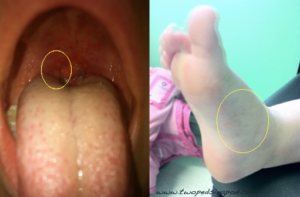
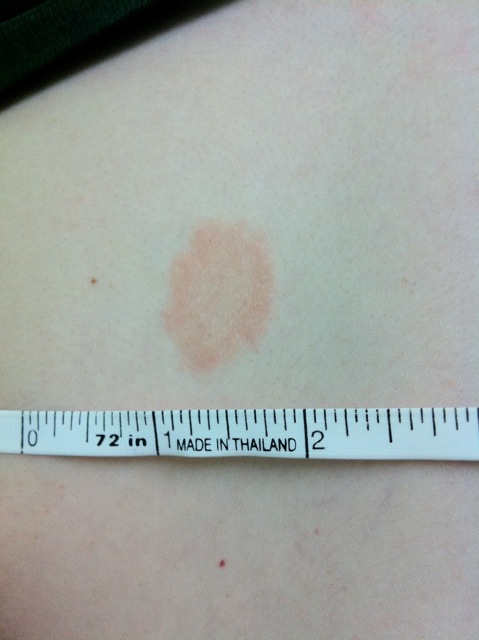 Although it’s called ringworm, this rash isn’t caused by a worm. In fact, it barely looks like a worm. Otherwise known as tinea corporis, the patch of ringworm is usually a flesh or light-pink colored, slightly scaly oval with raised, red edges.
Although it’s called ringworm, this rash isn’t caused by a worm. In fact, it barely looks like a worm. Otherwise known as tinea corporis, the patch of ringworm is usually a flesh or light-pink colored, slightly scaly oval with raised, red edges. 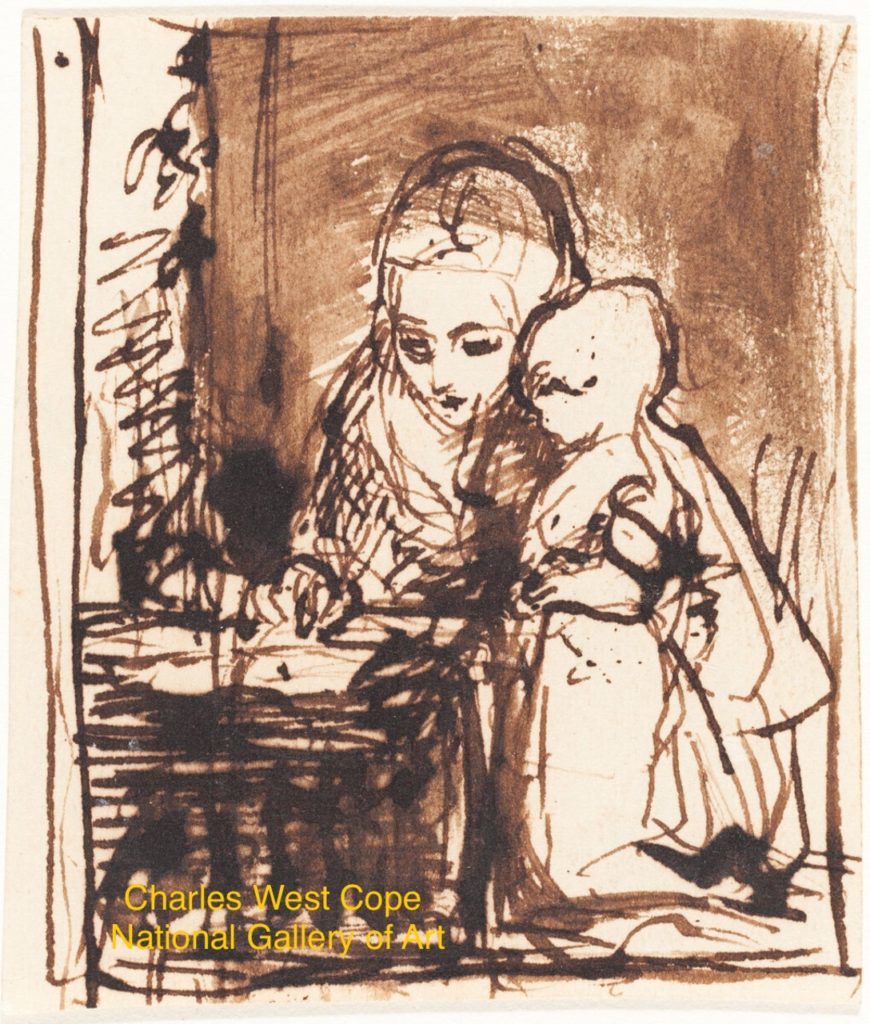


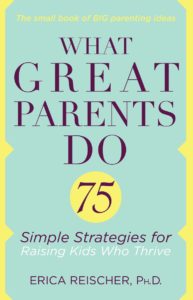 As we think about how to keep our parenting New Year’s resolutions, we find interesting advice from a fellow board member of
As we think about how to keep our parenting New Year’s resolutions, we find interesting advice from a fellow board member of 